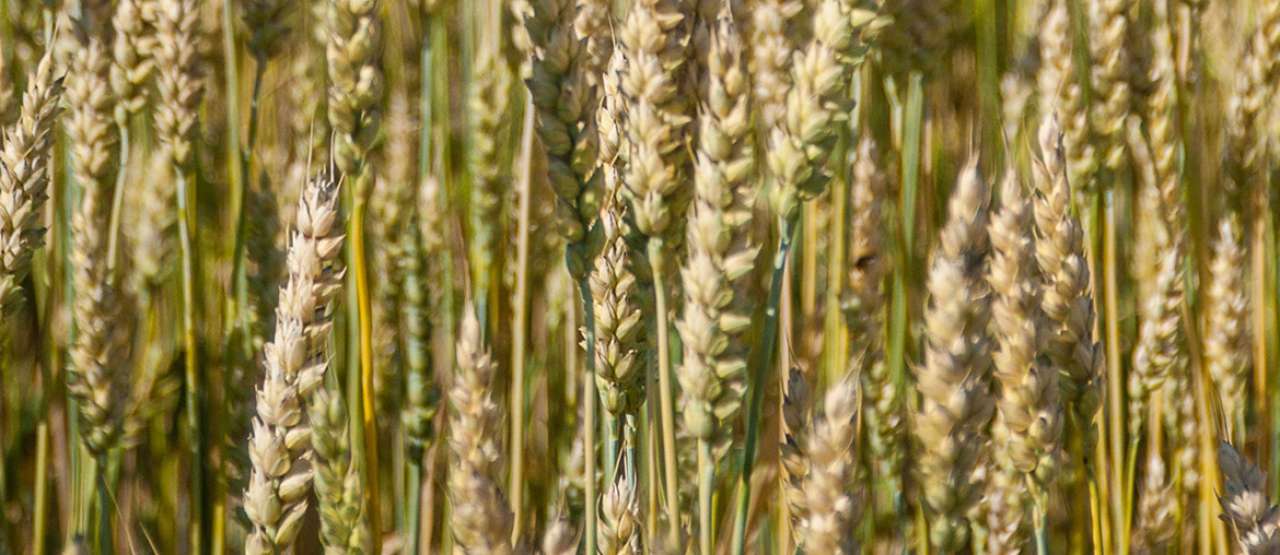Adaptations within the Norwegian wheat value chain to improve quality and obtain high and stable quantities for milling in the forthcoming decades (MATHVETE)

End: mar 2023
Start: jan 2019
This project aims to improve the quality of Norwegian wheat used for milling to secure high and stable production in forthcoming decades under more challenging climatic conditions. Increasing wheat production for milling is the most efficient way to achieve increased domestic food production in Norway and it will strengthen the competitiveness in the agricultural sector.
Project participants
Ingerd Skow Hofgaard Guro Brodal Heidi Udnes Aamot Ruth Dill-Macky (NIBIO and University of Minnesota, USA) Krzysztof Kusnierek Annbjørg Kristoffersen| External project link | Project website at Cristin |
| Start - end date | 01.01.2019 - 31.03.2023 |
| Project manager | Anne Kjersti Uhlen (NOFIMA) |
The milling and baking industry requires wheat with high protein content and stable and good gluten quality to meet the two of the main quality criteria of wheat for processing. Previous R&D performed in close cooperation with the value chain, has contributed successfully to increased Norwegian wheat production from insignificant levels in 1970 up to 70% of the domestic demand in mid 2000’s. In the last decade, however, the quality of Norwegian wheat has varied considerably, and this variation has been linked to more challenging weather conditions for production. The project aims to increase Norwegian wheat quality to achieve better utilization of Norwegian wheat, and thus meet the national goals of increased food production.
The MATHVETE project aims to develop knowledge and new adaptation strategies in the value chain to ensure high production of Norwegian bread wheat with stable and good baking quality in a future challenging climate. The project is led by Nofima, in collaboration with NIBIO, NMBU, Graminor and the partners from the grain industry. NIBIO participates in two work packages.
NIBIO is involved in work where the effect of biotic and abiotic factors on gluten quality in wheat will be investigated. Wheat will be cultivated in climate controlled growth chambers and inoculated with fungal pathogens followed by irrigation regimes in order to simulate field conditions giving reduced baking quality. NIBIO will, in collaboration with Nofima, investigate and document whether isolates of Fusarium spp., and Microdochium spp., can degrade gluten in an in vitro-system, and further study the influence on gluten quality in wheat after infection with these fungal species.
When a high level of wheat yield is achieved, it may be demanding to obtain a high protein content in the grain. The high yield level often leads to a dilution effect on the protein content, and an adapted nitrogen fertilization strategy is required, so that the plants are able to reach a protein content high enough to meet the industry standards. In field trials, NIBIO will study the relationship between late split fertilization and protein development in wheat. We will monitor plant growth and reaction to different fertilizer rates throughout the summer by using various sensors. The late split fertilization will be carried out at the well-established time for late fertilization (beginning of the heading stage) and later, at full flowering. The results from the field trials will be used to develop an empirical model for estimating yield and protein content during the season.
Publications in the project
Authors
Heidi Udnes Aamot Erik Lysøe Shiori Koga Katherine Ann Gredvig Nielsen Ulrike Böcker Guro Brodal Ruth Dill-Macky Anne Kjersti Uhlen Ingerd Skow HofgaardAbstract
No abstract has been registered
Authors
Shiori Koga Heidi Udnes Aamot Anne Kjersti Uhlen Till Seehusen Eva Veiseth-Kent Ingerd Skow Hofgaard Anette Moldestad Ulrike BöckerAbstract
No abstract has been registered
